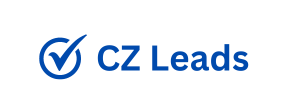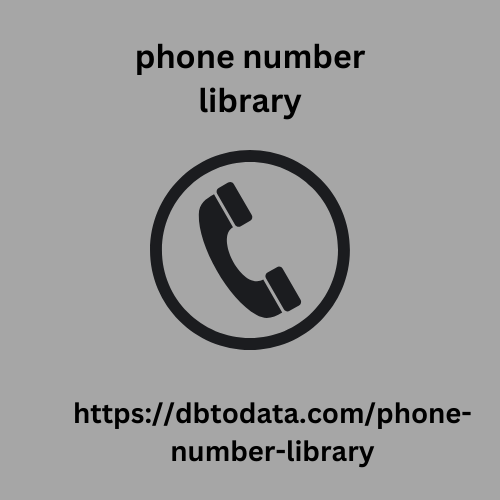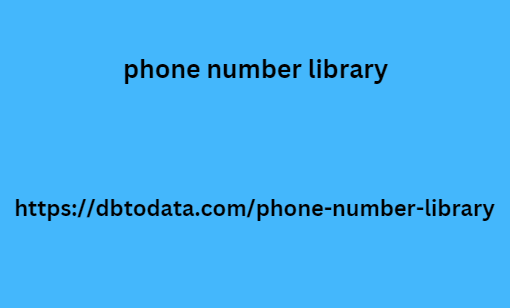Static SEO CHPU URLs are fixed page addresses that do not change. They are suitable for content that remains constant, such as an “About Us” section or an informational article. An example of a static CHPU: https://webexample.ru/o-nas.
In contrast, dynamic links are generated at the moment of accessing the page and can change depending on the request parameters. They phone number library are often used for content that is regularly updated, for example, on the product pages of an online store. An example of dynamic CHPU: https://webexample.ru/tovary?id=173.
Mixed CNC combines static and dynamic
elements. They can contain both constant and variable parts. Example: https://webexample.ru/tovary/173/reviews.
As for the use of transliteration, Latin or Cyrillic, each option has its advantages and disadvantages. Transliteration is universal, easy to process, but may be less readable. URLs in Latin are well indexed by search engines, but not everyone understands them. Cyrillic is acceptable for Russian-language domains, but may cause encoding problems. The choice depends on the audience and the goals of the site. The main thing is the informativeness and understandability of the CHPU for people and search algorithms.
How to set up CNC correctly
Depending on the website management types of online marketing for business system and its structure, the following main CHPU formats are used:
- Direct, where there is a domain with a link to the page (“sait.com/razrabotki”);
- Extended, where the file type is indicated after the link to the page (“sait.com/razrabotki.html”);
- In the attachment format, where the domain is followed by a section, and inside it a page (“sait.com/uslugi/razrabotki”).
Don’t extend the distance between the aqb directory domain and the target section. Yandex and Google display the URL in a shortened form or truncate it. This makes long URLs less informative and can also make it difficult for search robots to understand the topic of the page due to the large number of segments in the URL.
Also, when setting up the CNC, adhere to the following rules:
- Include key phrases relevant to the page content in the URL, make them short and simple (incorrect “sait.org/page456”, correct “sait.org/razrabotki”);
- Do not use special characters or codes that may be difficult to read or understand (incorrect “sait.org/page?id=456”, correct “sait.org/uslugi”);
- Use hyphens between words, maintain a logical URL structure to avoid potential errors due to platform or device incompatibility, when underscores are not recognized as word separators in URLs (incorrect “sait.org/kak_nauchitsya_plavat”, correct “sait.org/kak-nauchitsya-plavat”);
- Use lowercase URLs to improve compatibility with different servers and operating systems. For example, on some UNIX and Linux systems, URLs are case-sensitive. This means that an uppercase and lowercase address may be treated as different addresses (incorrect “sait.org/Kursy/Prodvijenie-V-Seti”, correct “https://sait.org/kursy/prodvijenie-v-seti”);




